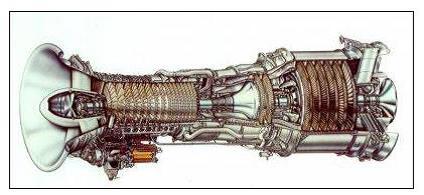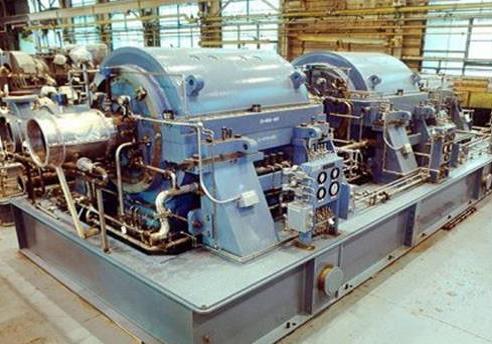Background
NFTS Background
Norwegian petroleum history started in the late 1960s. Since then Norway have become a significant producer and exporter of both oil and natural gas. Many of the production facilities offshore are based on new and forefront technology. In the years to come the petroleum industry will meet challenges related to field developments in deeper water and arctic areas. The economic growth due to the petroleum activities is of vital importance for the country.
More than 200 gas turbines are installed for power generation and mechanical drive on the Norwegian continental shelf, amounting to approximately 3400 MW. The majority of the turbines are of aero-derivative type. These units range in power from 10 MW to about 30 MW. More than half of them are driving compressors.
Centrifugal compressors are normally used for re-compression of the gas in the processing plant, export and re-injection of the natural gas. The selection of a compressor configuration is crucial with respect to flexibility of operation, overall operating costs and machine availability.
 Future investments in new plants will continue. Both operators and vendors of thermal turbomachinery will be facing new challenges. Compression of wet gas and machinery installed on the seabed are such examples. Many of the problems are common. This applies to optimum operation, condition monitoring and maintenance of the rotating equipment. In addition, there is an increasing focus on CO2 and NOX emission from gas turbines, including carbon capture and storage (CCS) technology.
Future investments in new plants will continue. Both operators and vendors of thermal turbomachinery will be facing new challenges. Compression of wet gas and machinery installed on the seabed are such examples. Many of the problems are common. This applies to optimum operation, condition monitoring and maintenance of the rotating equipment. In addition, there is an increasing focus on CO2 and NOX emission from gas turbines, including carbon capture and storage (CCS) technology.
With these activities as a background, a few professors at Norwegian University of Science and Technology (NTNU) took the initiative 17 January 1995 to establish Norwegian Society of Thermal Turbomachinery (NFTS).
The objective of the association is to be an independent technical forum that contributes to increase the knowledge of design and the use of thermal turbomachinery.
